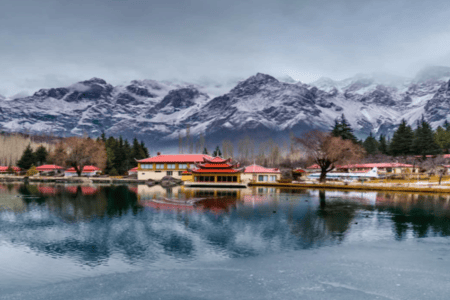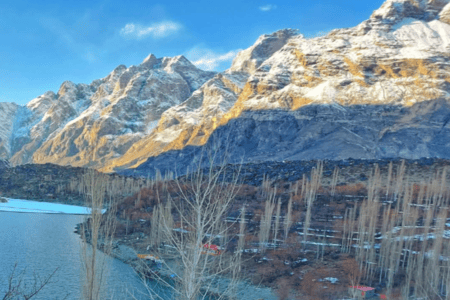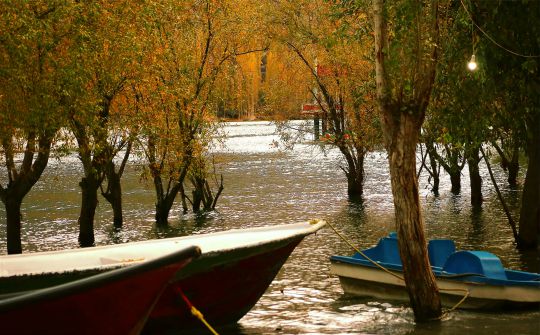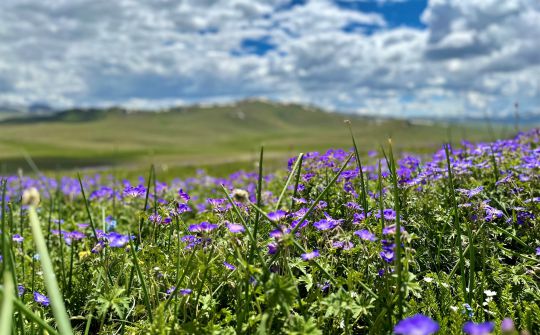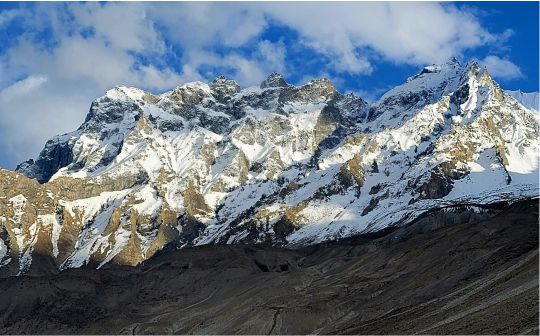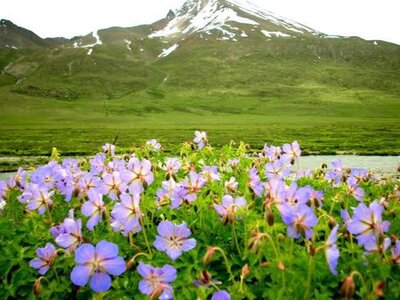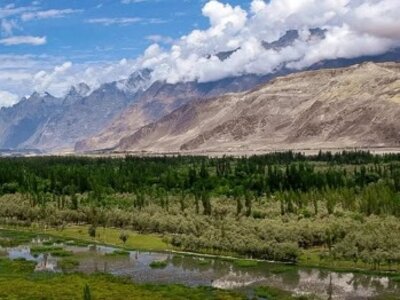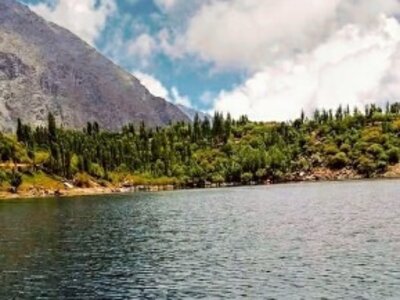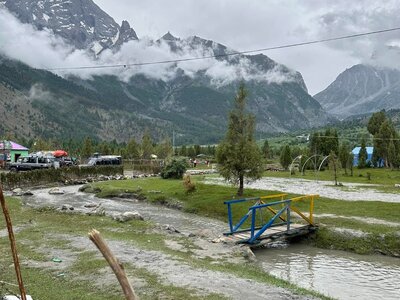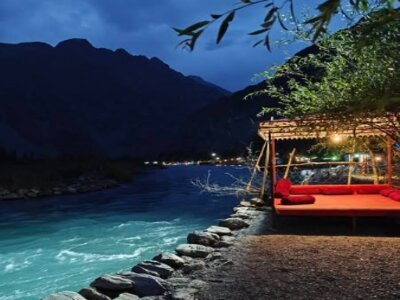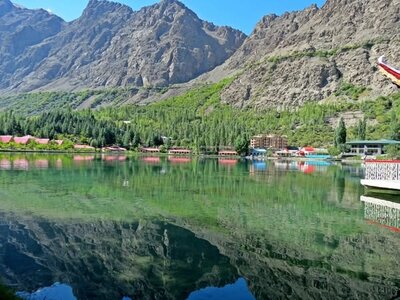More About Deosai Plain Skardu:
Deosai National Park (Urdu: دیوسائی باغ ملی) is a national park and high-altitude alpine plain situated between the Skardu District and Astore District in Gilgit-Baltistan, Pakistan. Located to the east of Nanga Parbat and within the western Himalayas, close to the central Karakoram Range, the park is surrounded by the Deosai Mountains and is listed as a tentative UNESCO World Heritage Site in Pakistan. The Deosai Plains lie at an average height of 4,114 meters (13,497 feet) above sea level.
The term ‘Deosai’ (Urdu: دیوسای٘) translates to ‘the land of Giants’ in Urdu. The Balti people refer to this area as ‘Ghabiarsa’ (Balti: غبیارسہ), which means ‘summer’s place’ because it is only accessible during the summer months.
Deosai National Park is found in the Western Himalayas of Gilgit-Baltistan, Pakistan. With an average elevation of 4,114 meters (13,497 feet) above sea level, the Deosai Plains rank as the second-highest plateau in the world, following the Changtang Tibetan Plateau. The park encompasses 843 square kilometers (325 square miles) and is renowned for its diverse flora and fauna characteristic of the Karakoram-West Tibetan Plateau alpine steppe eco-region. In springtime, the area blooms with numerous wildflowers and hosts a variety of butterflies.
Bara Pani is the largest river that flows through Deosai National Park.
Access to Deosai is possible from Astore District in the west, Skardu District in the north, and Galtari Tehsil of Skardu District in the southeast. It can also be reached from Mehdiabad via the Mehdiabad-Dapa Road. Deosai is about 30 kilometers (19 miles) from Skardu city, making it the quickest route to the park. Another pathway leads from the Astore valley through Chilim, and it’s additionally reachable from the Shila valley. The residents of Galtari use the Deosai route for travel. Although it is a National Park, the Gujjar-Bakwarwal community travels significant distances to utilize the Deosai National Park for grazing their livestock. Another access point is the Burgy la route via Burgy Nala Skardu.
The soils in this region are heavily eroded, coarser in texture, and contain various sizes and types of gravel and stones. In flatter areas between mountains, the soil is deeper, supporting marshy vegetation.
The Deosai National Park was established in 1993 to ensure the survival of the critically endangered Himalayan brown bear and its habitat. Once a target for poachers and hunters, the bear now has better prospects for survival in Deosai, with its population growing from just 19 in 1993 to 40 in 2005 and further to 78 in 2022.
The Himalayan brown bear is a crucial endangered species found in Deosai National Park, which aligns with Sustainable Development Goal 15. After playing a vital role in the park’s designation in 1993, the Himalayan Wildlife Foundation (previously known as the Himalayan Wildlife Project) was established with significant international financial backing. For about a decade, the Himalayan Wildlife Foundation managed two park entry check posts and a research camp in Deosai. In 2006, management of the park was transferred to the Northern Areas Forest Department, following documentation completed by the Himalayan Wildlife Foundation. While the hunting and poaching pressures of the 1990s have decreased, the brown bear still faces threats due to climate change and nutritional deficiencies.
The Deosai Plains also host the Siberian ibex, Snow Leopard, Kashmir Musk Deer, Himalayan wolf, Himalayan marmot, and over 124 species of resident and migratory birds. Bird species in the park include the Golden eagle, Lammergeier, Himalayan vulture, Laggar falcon, Peregrine falcon, Eurasian kestrel, Eurasian sparrowhawk, and Himalayan snowcock. The plains are recognized as a wilderness area under the IUCN protected area category Ib.
The following plant species grow in Deosai: Polygonum affine, Thalictrum alpinum, Bromus oxyodon, Saxifraga flagellaris, Androsace mucronifolia, Aster flaccidus, Barbarea vulgaris, Artemisia maritima, Elymus longiaristatus, Nepeta connata, Carex cruenta, Ranunculus laetus, Arenaria neelgherrensis, Astragalus leucocephalus, Polygonum amplexicaule, Echinops niveus, Senecio chrysanthemoides, Artemisia spp., Dracocephalum nutans, Taxus contorta, Chrysopogon gryllus subsp. echinulatus, and Dianthus crinitus. Some medicinal plants, recognized locally for their therapeutic properties, include Thymus linearis (Reetumburuk), Saussurea lappa (kuth), Ephedra gerardiana (Say), Viola pilosa (Skora-mindoq), Pleurospermum candollei (Shamdun), and Artemisia brevifolia (Bursay).

